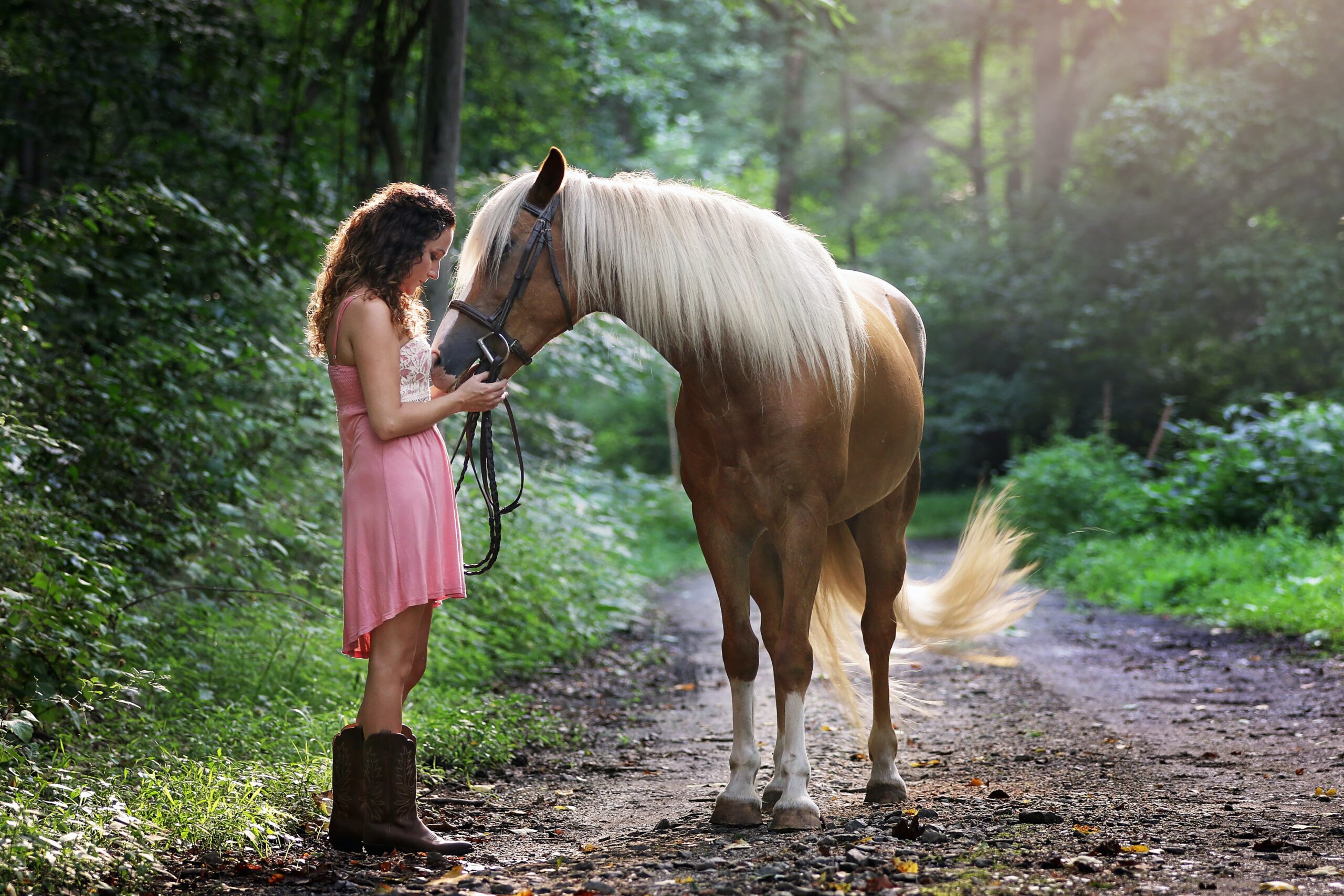As an avid rider, Jennifer Couture is no stranger to bareback horseback riding. From American quarter horses to Arabians, Jennifer’s experience is broad. It is her experience that makes her such a world-class professional. Still, she knows riding bareback is not for beginners. Even experienced riders can struggle with bareback riding, but any rider can learn how to ride comfortably and confidently with the right tips.
Learning Bareback Essentials With Jennifer Couture
Bareback is like saddle riding, but it is not the same. Removing the barrier between rider and horse creates a more symbiotic relationship. The saddle tends to restrict the amount of pressure a rider can put on a horse, so removing it makes the connection more intense. Knowing how to prioritize the horse’s comfort can go a long way when riding bareback. However, other fundamentals for a rider may take precedence before mounting a horse.
1. Experience Is Crucial for Riding Bareback
Confidence is a crucial attribute of horseback riders. Hesitation or uneasiness can lead to uncomfortable and dangerous experiences when riding. A horse can sense your body’s tension, and depending on the horse’s temperament, that can lead to chaos — every flex, jerk, and shift transfers to the horse, especially when riding bareback. Therefore, comfort is vital to maintaining control, but comfort is only possible with experience and confidence.
2. A Horses Demeanor Matters
Jennifer Couture, like other professionals, recommends riders learn on an American quarter horse. If you do not have access to a quarter horse, other popular training breeds include:
- Appaloosa
- Morgan
- Norwegian Fjord
- Connemara Pony
A rider might have experience with Arabians and other advanced breeds, but demeanor matters when training. Advanced riding breeds may not be as forgiving during training as other breeds.
3. Proper Position Does Not Change
Many riders tend to adjust their riding position when seated bareback. The unfamiliar feeling of sitting barrier-free atop the horse’s spine can cause confusion. However, a correct riding position is correct with or without a saddle. As a reminder, a proper riding position includes:
- Straight back
- Shoulders back and relaxed
- Head up with eyes looking past the horse’s ears
- Weight distributed evenly
- Ear, shoulder, hip, and heel should make a vertical line
4. Safety Is Essential
As with other trainers, Jennifer Couture wants riders to remember safety first. All riders, regardless of experience level, should wear a helmet. Horses can be unpredictable, as can any animal, even the best trained.
It would help if you also remembered that not all training equipment is beneficial. For example, bareback pads with stirrups can hinder your progress. The pads can force you into improper positioning, and they are slippery. If you choose to use bareback pads, do so cautiously.
5. Help Doesn’t Hurt
Regardless of your experience level, ask for help when learning to ride bareback. Bareback riding presents new challenges for experienced riders. You need to set aside your potential ego and become a student again. With help, you can progress from the saddle to bareback in no time.
Like other experienced riders, Jennifer Couture did not advance to bareback riding overnight. She worked with other riders to learn the skills and develop the confidence necessary to ride without a saddle. You can do the same with practice, patience, and help.





